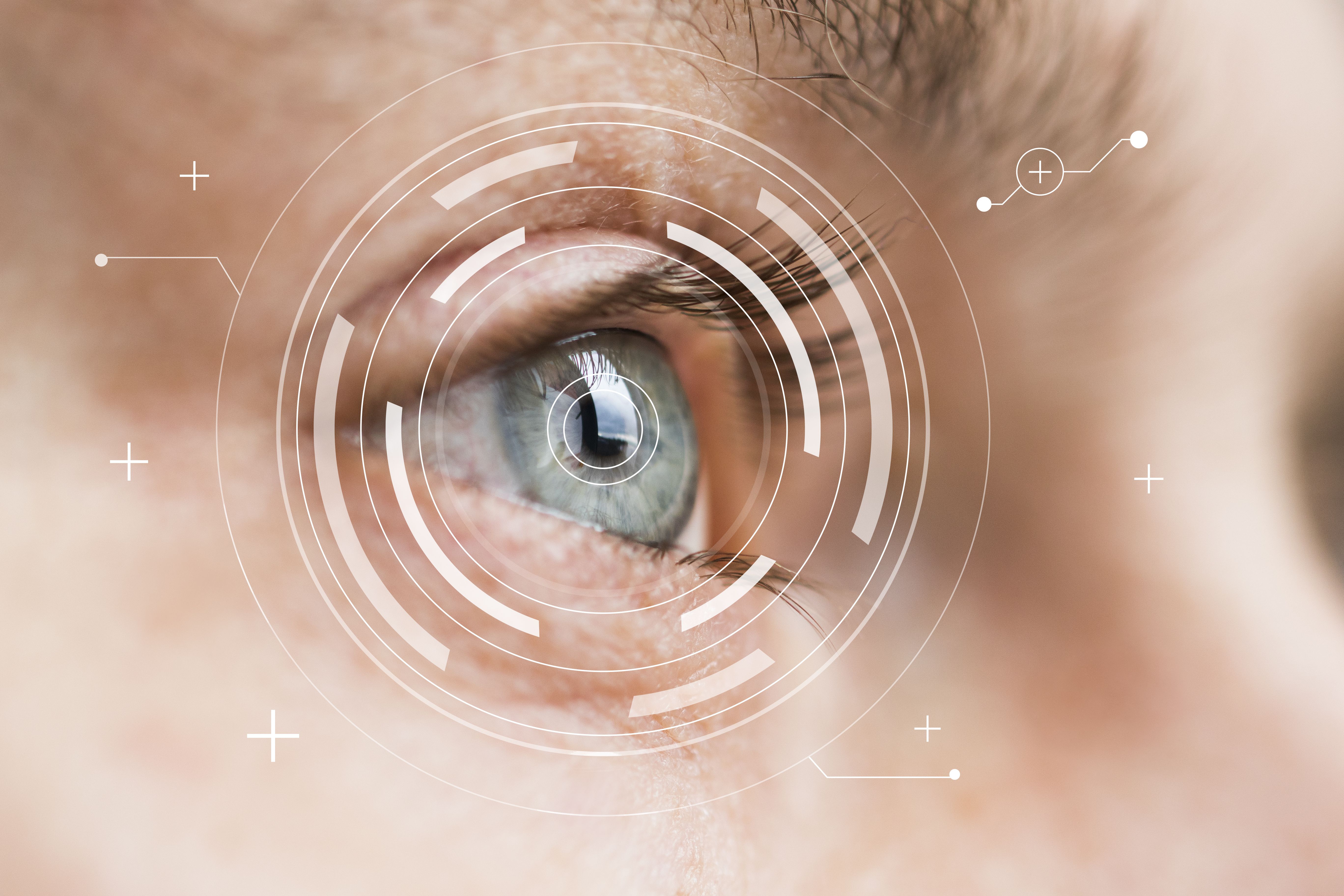Study shows cryopreserved amniotic membranes improve SJS and TEN
Early treatment results indicate significant reduction of ocular complications

A study found cryopreserved amniotic membranes (CAM) were effective at treating Stevens-Johnson Syndrome (SJS) and its more severe variant, toxic epidermal necrolysis (TEN).
The ocular manifestation of SJS and TEN is conjunctival inflammation during the acute phase that often leads to permanent visual impairment. Repairing damage to the mucosal tissue of the ocular surface and eyelids after the acute phase is difficult, if not impossible, according to researchers, but cryopreserved amniotic membranes have showed great promise in limiting destructive inflammation.1
Related: Demodox blepharitis treatment shows positive results, says Tarsus
A total of 55 eyes in 29 patients suffering from SJS or TEN were treated with Bio-Tissue’s Prokera or AmnioGraft CAMs. Results showed 20/40 or better vision in 87 percent of the affected eyes and corneal blindness, a common complication of SJS and TEN, was prevented in all participants.
Results of this retrospective study indicate early use of CAM during the acute phases of SJS and TEN is effective in reducing severe vision loss. ODs who are familiar with the bandage for corneal abrasions and surgeries are reporting consistent results in practice.
Related: Ptosis therapy gets first-in-category FDA nod
Reference
1. Shanbhag S, Hall L, Chodosha J, Hajirah N, Saeeda HN. Long-term outcomes of amniotic membrane treatment in acute Stevens-Johnson syndrome/toxic epidermal necrolysis. Ocul Surf. 2020 July;18(3):517-522.